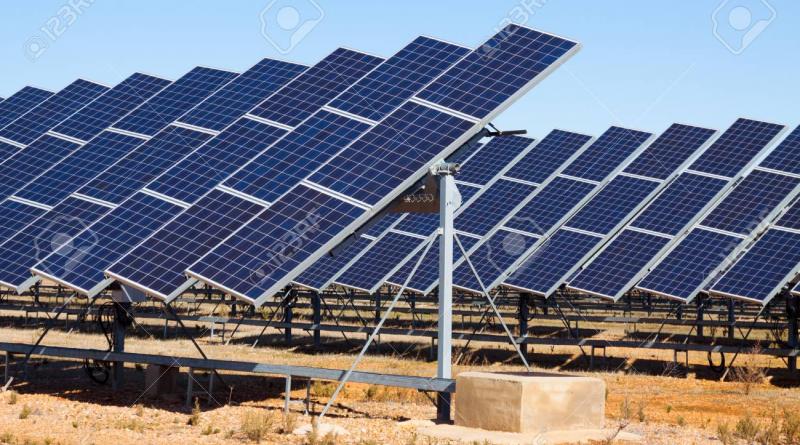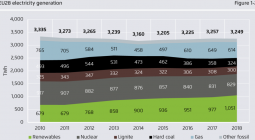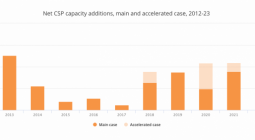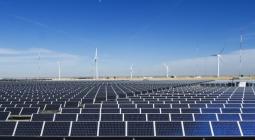Solar self-generation rises sharply in Spain

Solar power is paving the way for a rise in self-generated energy in Spain. Installed capacity grew for the second year running in 2018 with a 94% hike on 2017 figures – and 90% of that was self-generated.
Installed solar power in Spain passed the 5,000-MW mark of installed capacity last year, indicating a decade of vertiginous growth. Despite a slowdown in 2012, solar energy is once again powering ahead with both companies and homes installing the technology in a bid to curb costs.
In 2018, 261.7 MW of new solar power was installed, of which 26 MW are connected to the grid and the remainder, 235.7 MW, self-generating installations.
José Donoso, managing general of Spain’s Photovoltaic Union (UNEF), believes the 80% drop in the cost of the technology over the past 10 years is responsible for the upward trend, coupled with the European Union’s self-generated renewable energy drive.
For years, self-generated energy was punished in Spain by administrative obstacles and fees from the central government, such as the so-called “sun tax” levied by the Popular Party (PP). However, Pedro Sánchez’s Socialist Party (PSOE) government ditched the tax last October and is now preparing to regulate self-generated electricity practices and the financial compensation for feeding energy into the grid – which could increase the value of the technology. The regulations are set to be ready by May. After this date, UNEF believes self-generated energy will grow between 300 and 400 MW a year.
If the projections are right, 2019 will be a record year for renewable energy in Spain, and solar power in particular. According to Donoso, 4,000 MW of solar installed capacity is on the cards.
More: Self-generated energy soars in Spain as solar panels plunge in price
6 February 2019





